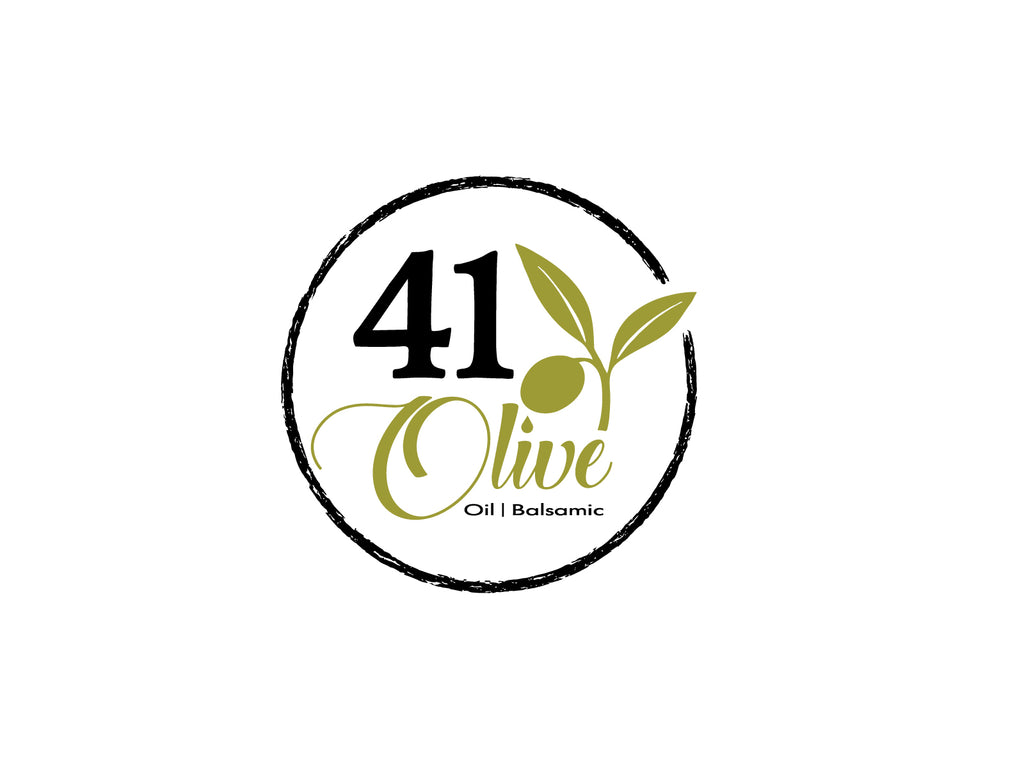Regular Olive Oil vs. Extra-Virgin? Which Is Better For Cooking?
There are generally four kinds of olive oils:
Extra-Virgin Olive Oil: is generally produced from the first pressing of olives -- making it the most pure and least acidic (less than 0.8 percent), and the best tasting.
Because it tends to be expensive, heavier, and more flavorful than other type of Olive Oil, it's best used as an accent to dishes or in dressings and vinaigrettes.
Our Olive Oilexperts suggest that you try and find bottles which say “cold press" on the label. If it's not cold-pressed, the heat from the extraction process changes the chemistry and quality of the Olive Oil.
Virgin Olive Oil: isn't blended with other oils but has a higher acidity -- up to 2 percent. It's ideal for garnishing this Crema di Pomodoro (that's fancy Italian for "tomato soup" -- and it's awesome hot or cold).
Pure Olive Oil or Olive Oil: is a distinct blend of refined pomace oil and Virgin Olive Oil. Pomace is created by processing the leftovers of the virgin olive oil extraction. The blend (which generally contains as little as 5 to 10 percent virgin olive oil) is cheaper to create.
Typically, It does not have as strong a flavor as Virgin Olive Oils and is best equipped for frying and cooking, or even as a less expensive substitute, such as in this Orange/Olive Oil Cake.
Light Olive Oil: isn't lower in fat -- it just simply means the oil is developed from refined Olive Oil. Bottles labeled “100 percent pure olive oil" are often the lowest quality.
Similar to wine, a variety of European countries have “name place" designations for olive oils, indicating not only the region where the olives were grown and where the oil was produced, but also denoting a higher level of standards and quality.
